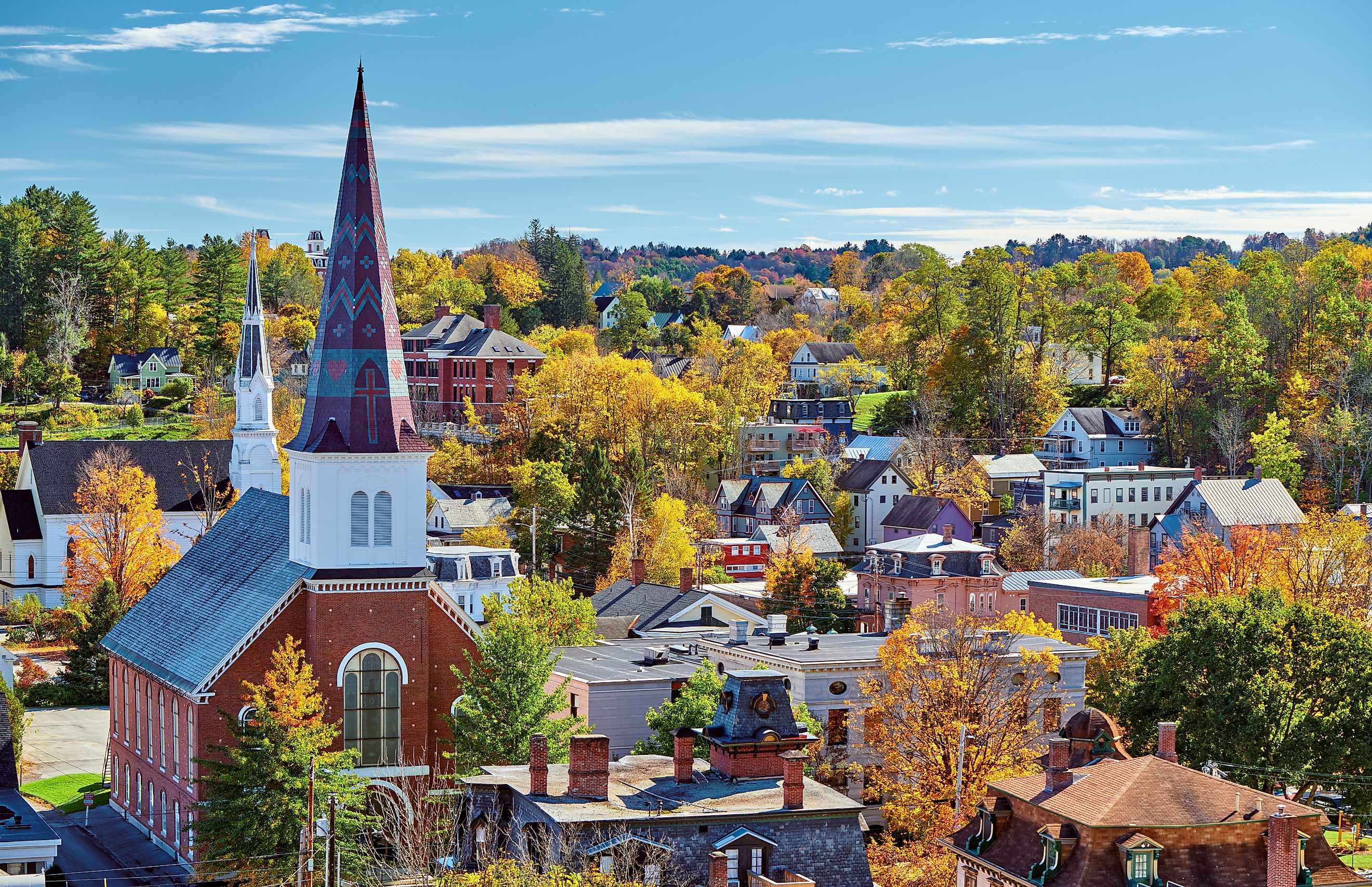
6 Towns In Vermont That Were Frozen In Time
If you’re considering visiting America’s beautiful New England region, make sure you include at least a handful of Vermont’s historic small towns in your itinerary. Established during the colonial and early post-Revolutionary War periods, these lovely old towns are bursting at the seams with fascinating historical landmarks, many of which appear untouched by time. Pay a visit to any one of these old communities, and you’ll not only find a great deal of evidence relating to Vermont’s rich historical and cultural significance, but you’ll also find yourself able to participate in events that bring the past very much to life. From their centuries-old buildings to their historic celebrations, these six towns in Vermont feel as if they’ve been frozen in time.
Bennington
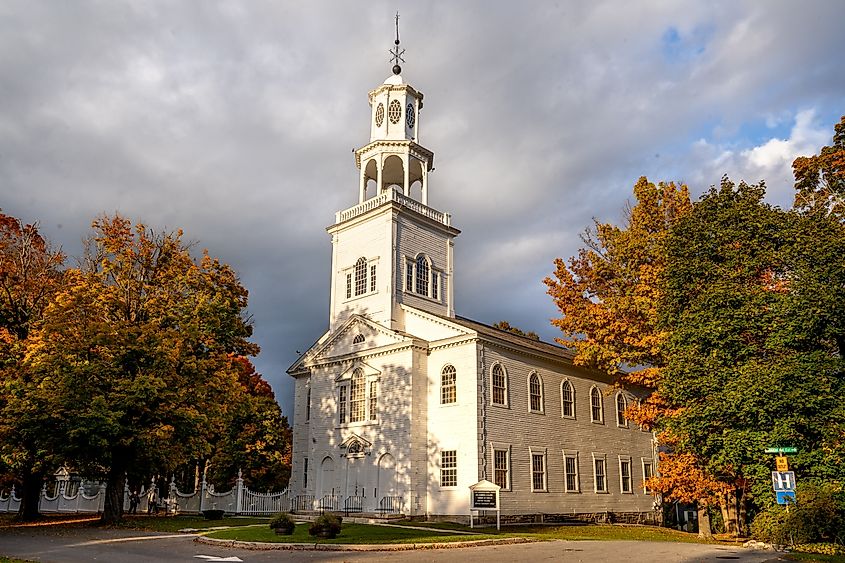
Established in 1749, Bennington played a pivotal part in Vermont’s early history, particularly for its role in the Revolutionary War. Situated in the state’s southwest corner near the state borders with New York and Massachusetts, it’s home to the Bennington Battle Monument, erected in 1889 to honor the 1777 Battle of Bennington. If you’re up to it, tackle the steps of the 306-foot tall tower for its stunning panoramic views. The Old First Church, built in 1805, is another historic landmark worth seeing and features a colonial-era cemetery where poet Robert Frost is buried.
Taking a stroll through the Downtown Bennington Historic District is definitely like stepping back in time as it has managed to retain much of its 19th-century character. Highlights include the Bennington Museum, founded in 1852 and offering a fascinating look into the region’s cultural and artistic heritage, including its famous Grandma Moses collection. Need an excuse to visit? Bennington Battle Day, a state holiday held every August 16 since 1778 and notable as the oldest continuously celebrated Revolutionary War battle, features food trucks, a parade, and the ceremonial raising of the town’s Liberty Pole.
Woodstock
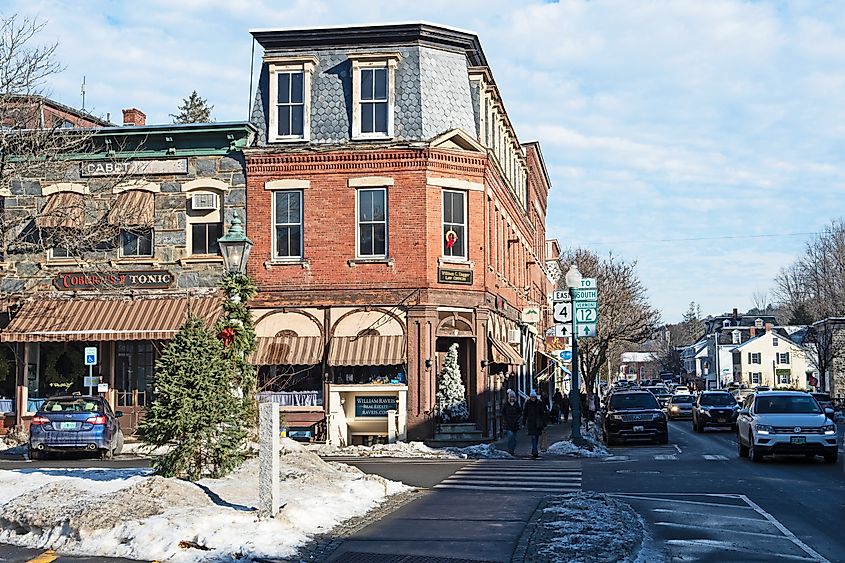
Woodstock was founded in 1761 along the Ottauquechee River and is a popular spot for day trippers and weekenders for its elegant Federal-style architecture. Must-sees here include the Marsh-Billings-Rockefeller National Historical Park with its impressive red-brick mansion built in 1805 and displays relating to the region’s early conservation efforts. Be sure to also visit the Woodstock History Center, a local history museum that provides fascinating details about the town and its first residents.
The Billings Farm and Museum, within walking distance of downtown Woodstock, is also worth exploring. Founded in 1871, it preserves the area’s agricultural roots and offers interactive exhibits on farm life that are fun (and informative) for the whole family. Billings Farm is also fun to visit in the winter months, especially around its Wassail Weekend, a Christmas event that celebrates its colonial heritage with holiday festivities and food.
Middlebury
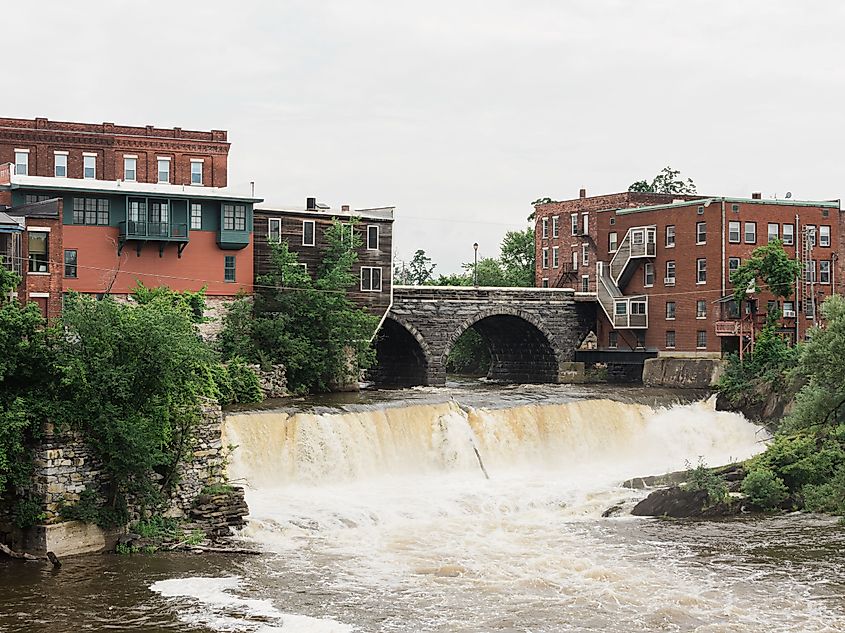
Chartered in 1761, Middlebury exemplifies Vermont’s historic charm. The town’s centerpiece is the superb Henry Sheldon Museum, founded in 1882 and now one of the oldest community museums in the U.S. Easy to access in the heart of the downtown area just off Main Street, it features fascinating exhibits on 19th-century life, including an impressive collection of artifacts from local industries. Other downtown attractions include the Town Hall Theater, originally built in 1884 and still hosting performances, and the Middlebury Congregational Church, constructed in 1809.
Be sure to wander the town’s Marble Works District, once a hub for Vermont’s marble industry and now home to boutique shops and great restaurants. A fun time to visit for an authentic taste of the past is during the Middlebury Festival on the Green, a week-long summer gathering in early July featuring music and historically-themed presentations. For a picture-perfect photo of this blast from the past, the town is bisected by Otter Creek with its pretty waterfalls.
St. Johnsbury
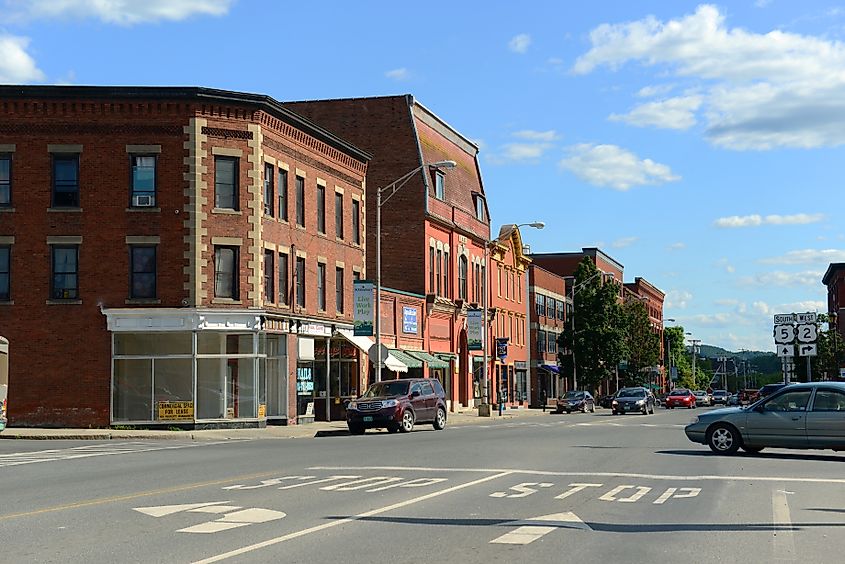
Given its location at the intersection of the I-91 and I-93 highways, St. Johnsbury makes for a great getaway from larger cities like Boston and even Montreal (it’s located close to the border with Canada). Established in the 1780s alongside the Passumpsic River, St. Johnsbury was once a hub of 19th-century innovation, thanks largely to the Fairbanks family and their invention of the platform scale for weighing heavy goods. The Fairbanks Museum and Planetarium, built in 1889, houses a large collection of natural history artifacts and is Vermont’s only public planetarium.
Located in the St. Johnsbury Historic District, the St. Johnsbury Athenaeum is another historic attraction that should be visited. Completed in 1871 and now a National Historic Landmark, it combines a library and an art gallery with works from the famed Hudson River School of Artists. A great time to visit is during the Kingdom Maple Festival, held each April, to celebrate the region’s long tradition of harvesting and manufacturing maple syrup.
Montpelier
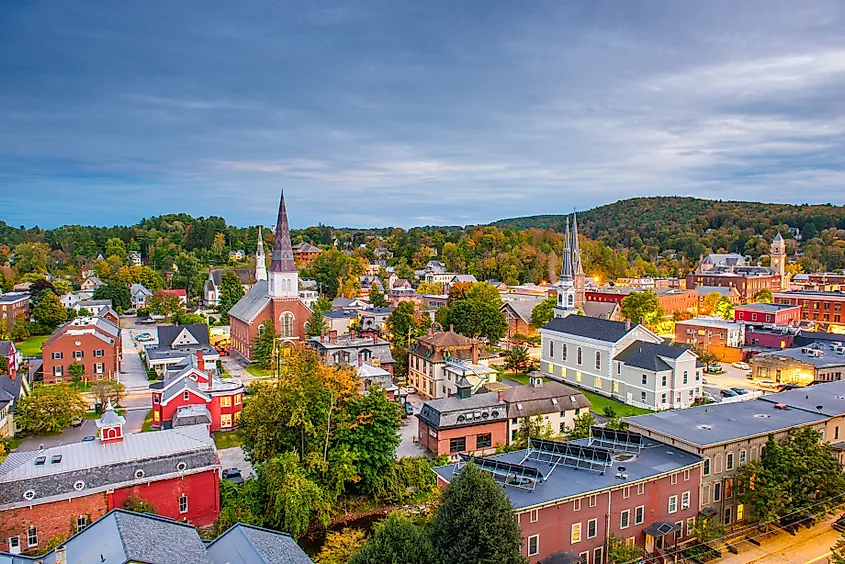
Vermont’s capital since 1805, Montpelier, has the distinction of being the smallest state capital in the U.S. by population (it currently stands at just under 8,000 residents). Chartered in 1781, the town’s heart is the Vermont State House, completed in 1859 and a striking example of Greek Revival architecture with a dome gilded in gold leaf that’s especially lovely when the fall colors arrive. The nearby Vermont Historical Society Museum is a must-visit for those with an interest in history and provides insights into the state’s past, including exhibits on Vermont’s role in abolition and the Civil War.
Montpelier Historic District encompasses much of the downtown core and is home to the Kellogg-Hubbard Library, built in 1894, and the Unitarian Church of Montpelier, constructed in 1866, both of which remain integral to present-day community life. Events like the Green Mountain Film Festival in October are highlights on the town’s cultural calendar, while Montpelier’s location at the confluence of the Winooski and North Branch Rivers makes it an excellent base for those wanting to explore Vermont’s scenery.
Manchester
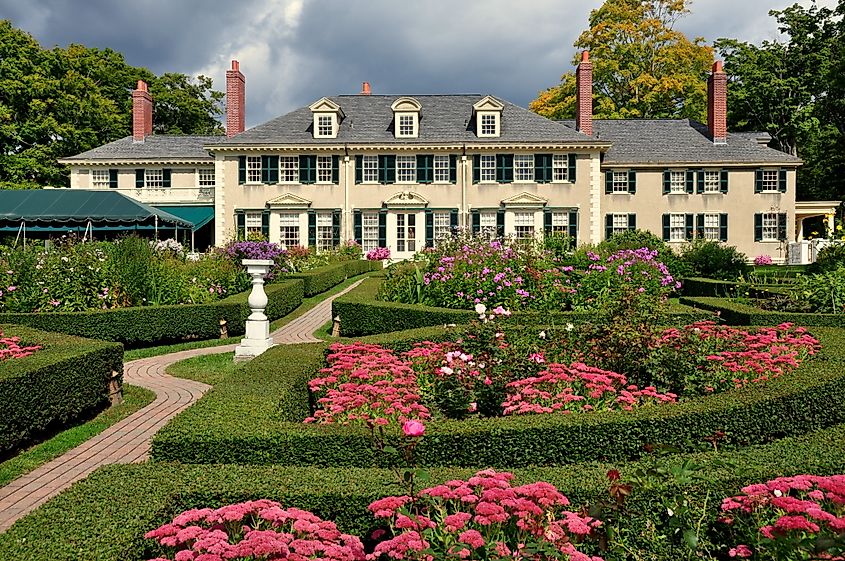
Settled in the 1760s, Manchester boasts a rich blend of historical and cultural significance, making it a great travel destination. Highlights include the Hildene Estate, built in 1905, and the summer home of Robert Todd Lincoln, the only surviving child of Abraham Lincoln. Not only can you tour the home, you can also wander its formal gardens along with a restored Pullman car. If you’re tempted to make a weekend of it, check out The Equinox Golf Resort, founded in 1769 and host to numerous prominent figures, including presidents.
Manchester Village Historic District is also fun to explore and features several 19th-century buildings, such as the First Congregational Church, completed in 1873 and still hosting regular services. The town also hosts the annual Green Mountain Bluegrass & Roots Festival, a celebration of regional traditions, music, and the surrounding Green Mountains.
The Final Word
Vermont’s most historic small towns certainly capture the essence of New England’s past. Featuring well-preserved landmarks, significant community events, and that beautiful Vermont countryside, each of these towns tells a unique story of the Green Mountain State’s development. By visiting these six towns in Vermont, not only will you experience the profound impact Vermont’s small communities have had on American history, you’ll also end up feeling like you’ve somehow stepped back in time.











